10 Animals That Have Barely Changed in Millions of Years
Scientists call them “living fossils,” creatures whose bodies resemble ancient ancestors recorded in stone. They’ve endured ice ages, shifting continents, and mass extinctions, yet they remain familiar shapes in today’s world. We’ve compiled examples that have been cruising through time with only subtle updates.
Coelacanth
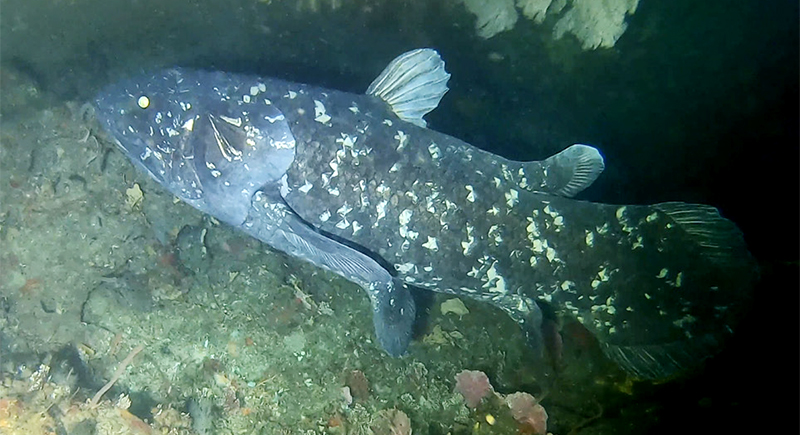
Credit: Wikimedia Commons
The coelacanth, once believed extinct for 65 million years, surprised everyone when one was caught off South Africa in 1938. This deep‑sea fish reaches over six feet long and has lobed fins resembling early limbs. Fossils show it existed more than 400 million years ago.
Horseshoe Crab
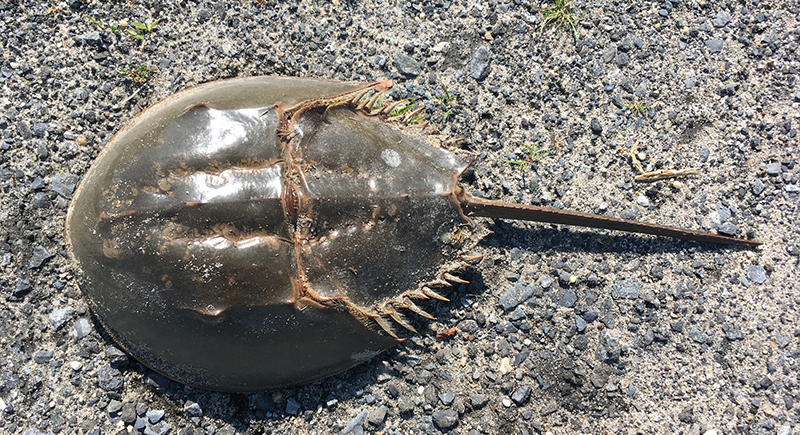
Credit: Wikimedia Commons
Horseshoe crabs have roamed coastal shallows for over 300 million years, predating dinosaurs by a wide margin. Despite their name, these creatures are closer to spiders than crabs. Their copper‑rich blue blood plays a crucial role in modern medicine, helping detect bacterial contamination in vaccines.
Goblin Shark
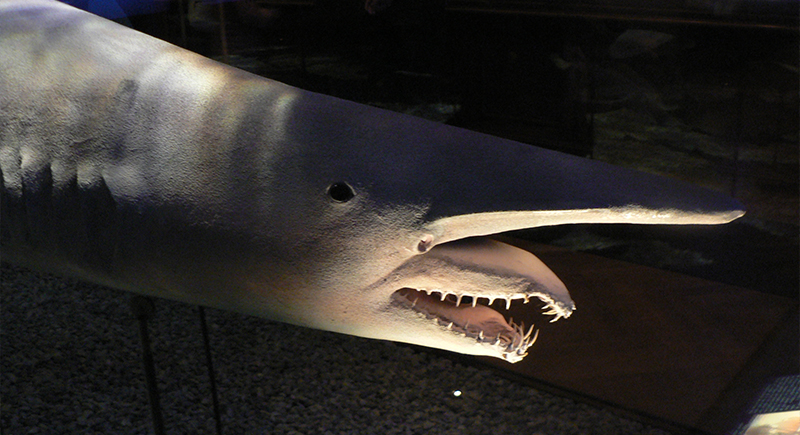
Credit: Wikimedia Commons
The goblin shark, with a pinkish body and a snout shaped like a blade, prowls deep oceans much as it did 125 million years ago. Found in the Pacific, Atlantic, and Indian Oceans, this rarely seen shark cruises slowly through the depths, using electroreceptors to track movement in near‑total darkness.
Nautilus
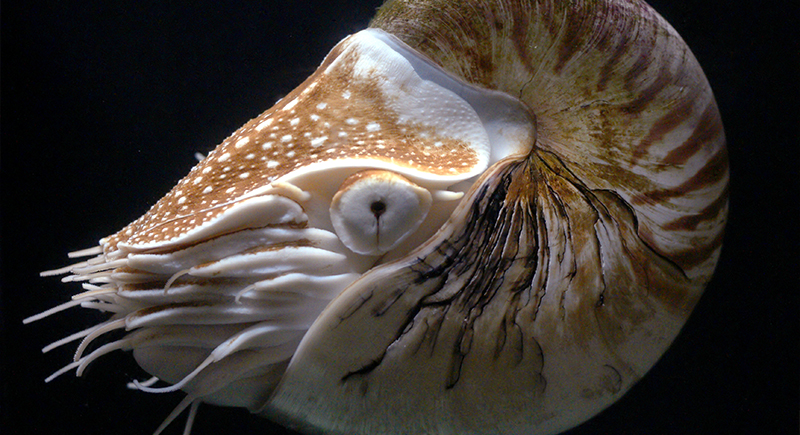
Credit: Wikimedia Commons
Fossils reveal that its lineage stretches back over 500 million years. During the day, it uses jet propulsion to glide and hides in deep water. At night, it extends its delicate tentacles to feed.
Komodo Dragon
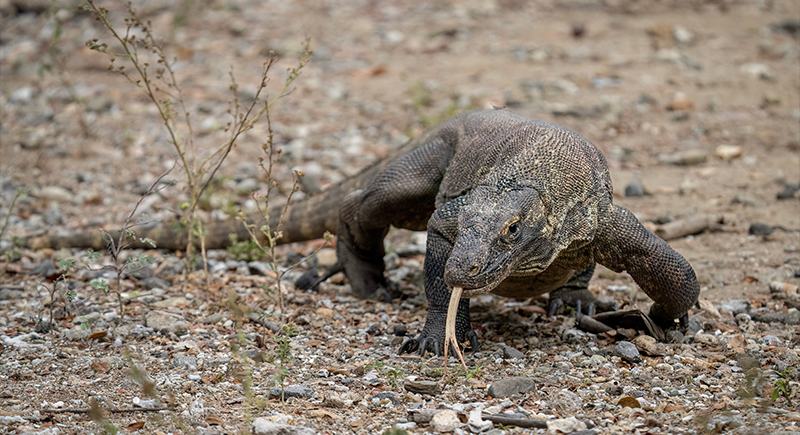
Credit: Wikimedia Commons
Indonesia’s giant lizard holds a family tree that stretches back roughly 100 million years. Modern research confirms it produces venom, giving bites a dangerous edge. Fossils in Australia hint at ancestors with similar traits, suggesting this formidable reptile hasn’t needed much redesign over the ages.
Purple Frog
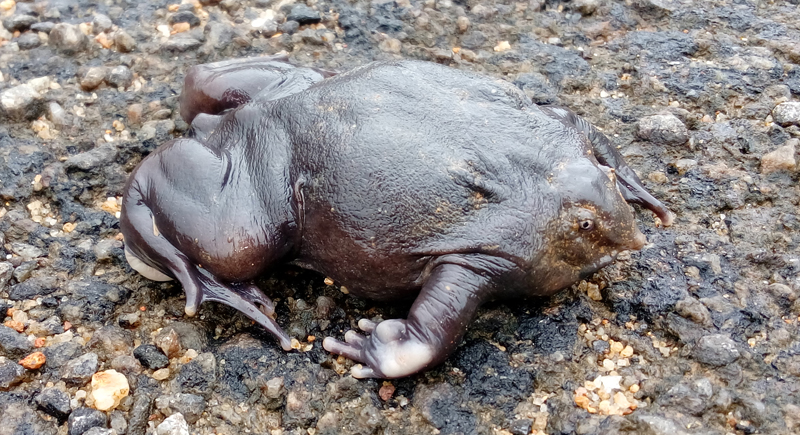
Credit: Wikimedia Commons
The purple frog of India is thought to have evolved independently for about 100 million years. It spends most of its life underground and surfaces just briefly to breed during monsoon rains. Its rounded body and small head make it look quite unlike typical frogs.
Amami Rabbit
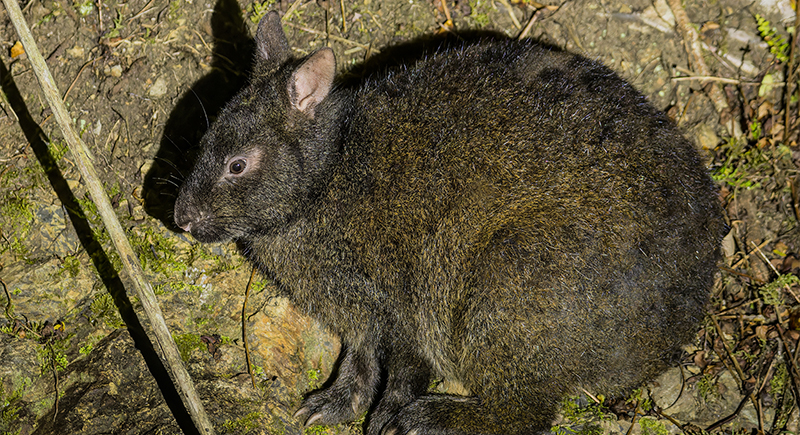
Credit: Wikimedia Commons
The Amami rabbit is the last of a primitive group that once spread across Asia. It has short ears, long claws, and nocturnal habits. Only less than 5,000 remain, living on two islands, and conservationists monitor them closely to protect this rare link to ancient rabbits.
Duck-Billed Platypus
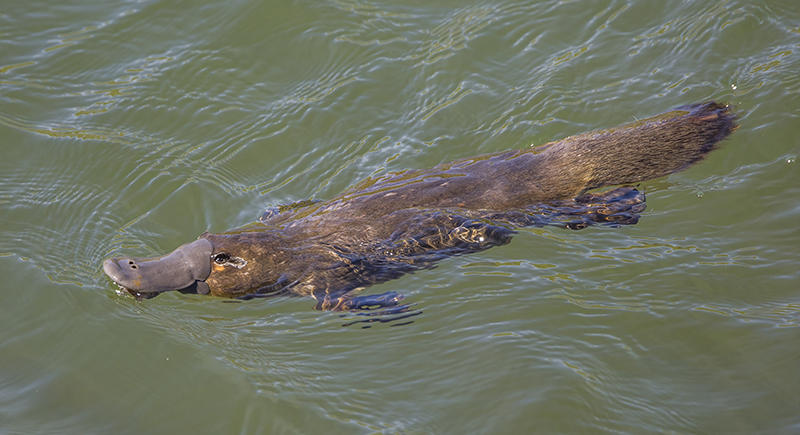
Credit: Wikimedia Commons
The platypus in eastern Australia carries traits seen in fossils from over 110 million years ago. It lays eggs yet nurses its young, and its bill detects electric signals from prey in murky streams. Genome studies show a mix of reptile, bird, and mammal features.
Laotian Rock Rat
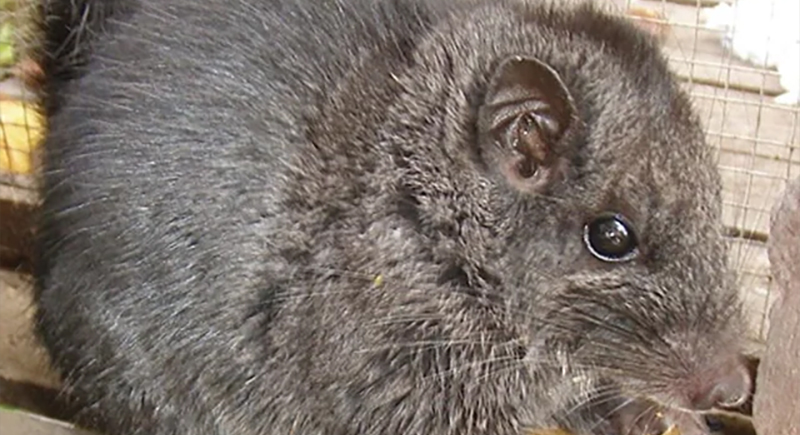
Credit: reddit
This mammal turned out to be a survivor from a rodent family thought extinct for 11 million years. Nicknamed the “rat‑squirrel,” it has a ratlike body and a bushy tail. Researchers later found it in rocky forests of Laos.
Aardvark
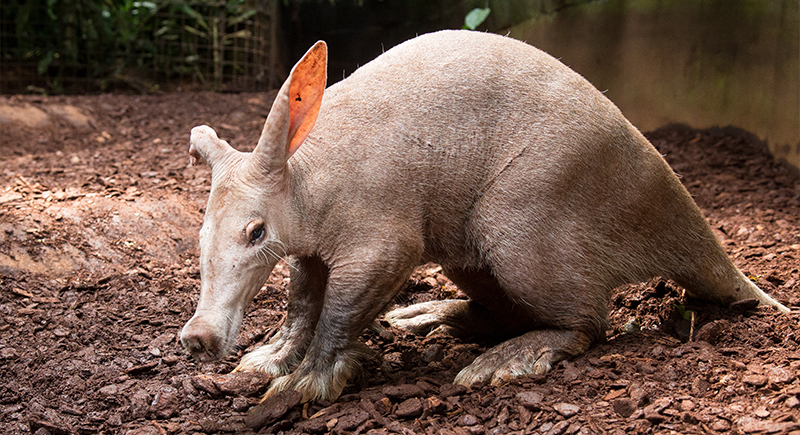
Credit: Wikimedia Commons
Africa’s aardvark, whose name means “earth pig,” digs through soil with spade‑like claws to find ants and termites. It remains the sole member of an old mammalian order. It is mostly nocturnal and covers miles in search of food, and its simple body plan still works perfectly for surviving savannas and scrublands.
Ginkgo Tree
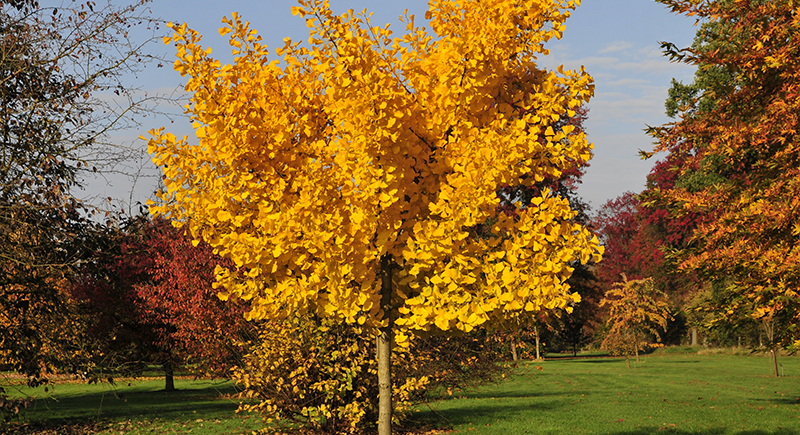
Credit: Wikimedia Commons
Not an animal but a remarkable survivor, the ginkgo tree deserves mention for its 200‑million‑year record. Its fan‑shaped leaves match fossilized ones from the age of dinosaurs. Ginkgo trees can live for over a thousand years, and some even withstood the Hiroshima blast and regrew.
Cockroach
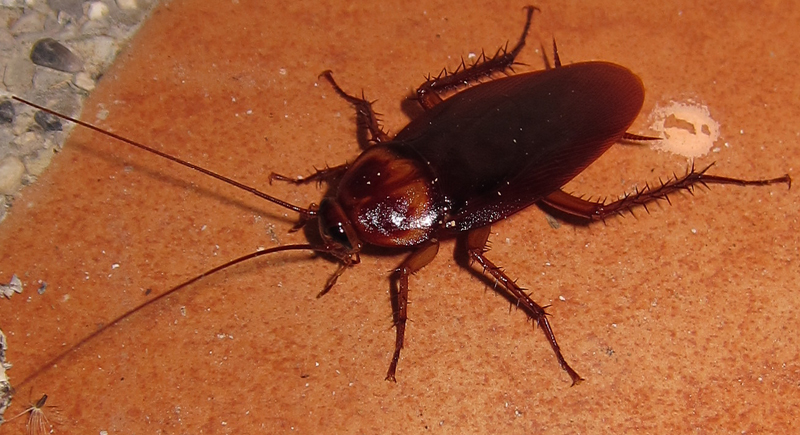
Credit: Wikimedia Commons
Most people view them as pests, but entomologists study their hardy physiology to understand how insects endure dramatic changes in climate and habitat. Cockroaches trace their lineage back over 300 million years, and fossils show a body shape nearly identical to today’s species.
Alligator
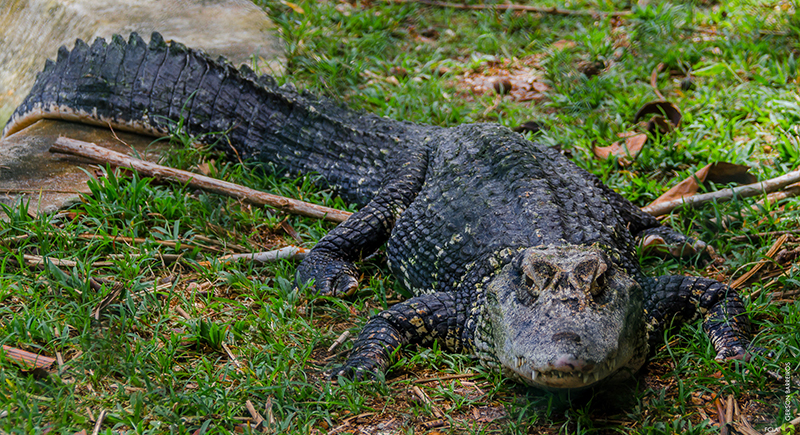
Credit: Wikimedia Commons
Modern alligators closely resemble fossils from 37 million years ago, though their ancestors date back even further. They inhabit swamps and rivers with their powerful jaws and stealthy movement. Temperature influences their eggs, a trait shared with ancient reptiles. Conservation efforts in the 20th century helped American alligator numbers rebound.
Sturgeon
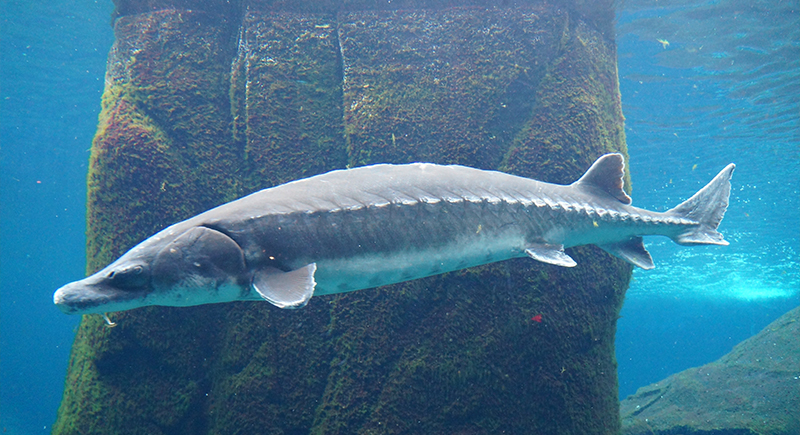
Credit: Wikimedia Commons
Ancient rivers still carry sturgeons, fish armored with bony plates and known to grow over 15 feet. Their lineage stretches back more than 200 million years. Many species are now threatened due to overfishing, but restoration projects aim to save them.
Lamprey
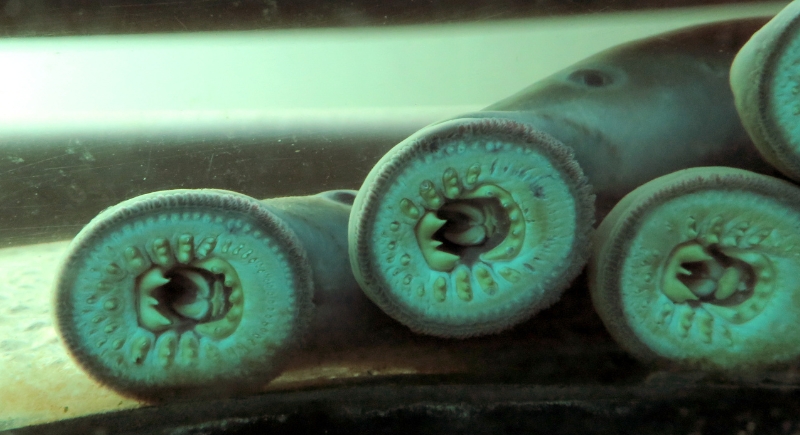
Credit: Getty Images
Lampreys are jawless fish clinging to others with a toothed, funnel‑like mouth. Fossils show similar creatures swimming around 360 million years ago. Unlike modern predators, lampreys have remained simple, lacking jaws and scales. Some species are parasitic, while others live peacefully in rivers.